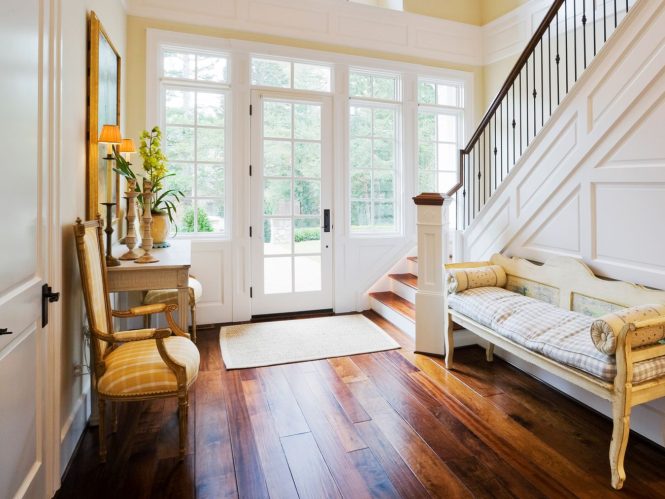

Squeaky floors can be a constant source of frustration, disrupting your peace and potentially hinting at underlying floor problems. This comprehensive guide dives into the common causes of these annoying noises and offers effective quick fixes to restore quiet in your home. Whether you have hardwood, laminate, or another type of flooring, we’ll help you diagnose and tackle the problem efficiently. We’ll explore various solutions ranging from simple adjustments to more involved repairs, and by the end of this guide, you’ll be ready to tackle your own squeaky floor issues with confidence. This article is structured as follows: first, we’ll explore common causes and the best initial troubleshooting steps; next, we’ll delve into specific solutions for different types of flooring; and finally, we’ll offer preventative measures to keep your floors quiet.
Identifying the Source of the Squeak
The first step in resolving squeaky floors is pinpointing the exact source of the noise. This involves careful observation and a systematic approach. Understanding the characteristics of the squeak, like its location and frequency, can provide crucial clues. Is the squeak consistent, or does it appear sporadically? Knowing whether it occurs during specific activities or environmental changes can help you isolate the problem area. Sometimes, the squeak might be coming from an unexpected source, such as furniture rubbing against the floor, so checking for loose items is important.
Quick Fixes for Common Squeak Types
Loose Floorboards
One of the most frequent causes of squeaking floors is loose floorboards. This is often characterized by a creaking or groaning sound, particularly noticeable when walking across specific areas. To fix this, you’ll need to ensure the floorboards are securely fastened to the subfloor. This usually involves tightening the nails or screws holding the boards in place, or in more severe cases, replacing damaged or loose floorboards entirely. Loose floorboards can also be caused by shifting subfloors or joists. Checking the integrity of the subfloor is crucial. In some cases, adding shims or other support may be necessary to stabilize the floor.
Worn Furniture Glides
Furniture glides are often overlooked culprits in floor squeaking. As furniture glides wear down, they might create friction against the floor, producing an annoying squeak. Replacing the glides with new, smooth ones can often silence this sound. Choose glides made of material compatible with your floor type to avoid potential damage. For hardwood floors, ensure the glides are designed to prevent scratching or marring the surface.
Loose or Damaged Wood
In wooden floors, loose or damaged wood can create squeaks. This is particularly relevant in older homes. The movement of the floorboards or the friction between the boards and the subfloor can lead to squeaking sounds. To address this, a nail set, wood glue, or even a few drops of wood filler may help. You may need to use appropriate tools to reinforce the seams and joints between floorboards.
Preventative Measures for a Squeak-Free Home
Taking proactive steps to maintain your floors can significantly minimize the likelihood of future squeaks. Regular maintenance is crucial in preventing potential issues from arising, leading to a smoother, quieter living experience. Periodically check for any signs of wear or damage to the floorboards and address them promptly. This may involve regular inspection of floorboards, furniture glides, and any areas that might be prone to movement or friction.
In conclusion, squeaky floors are a common household annoyance, but with a systematic approach, you can often find the cause and implement a quick fix. By understanding the potential sources of squeaking, from loose floorboards to worn-out furniture glides, you can effectively identify and tackle the noise problem. Remember to inspect carefully and address the root cause rather than just masking the sound. For more comprehensive solutions or complex issues, consulting a professional handyman or flooring specialist is recommended. Don’t hesitate to share your squeaky floor solutions in the comments below!